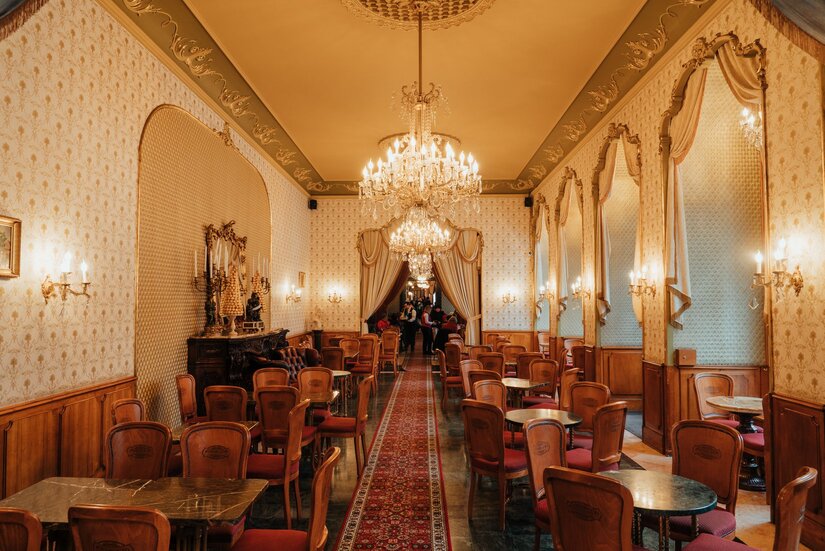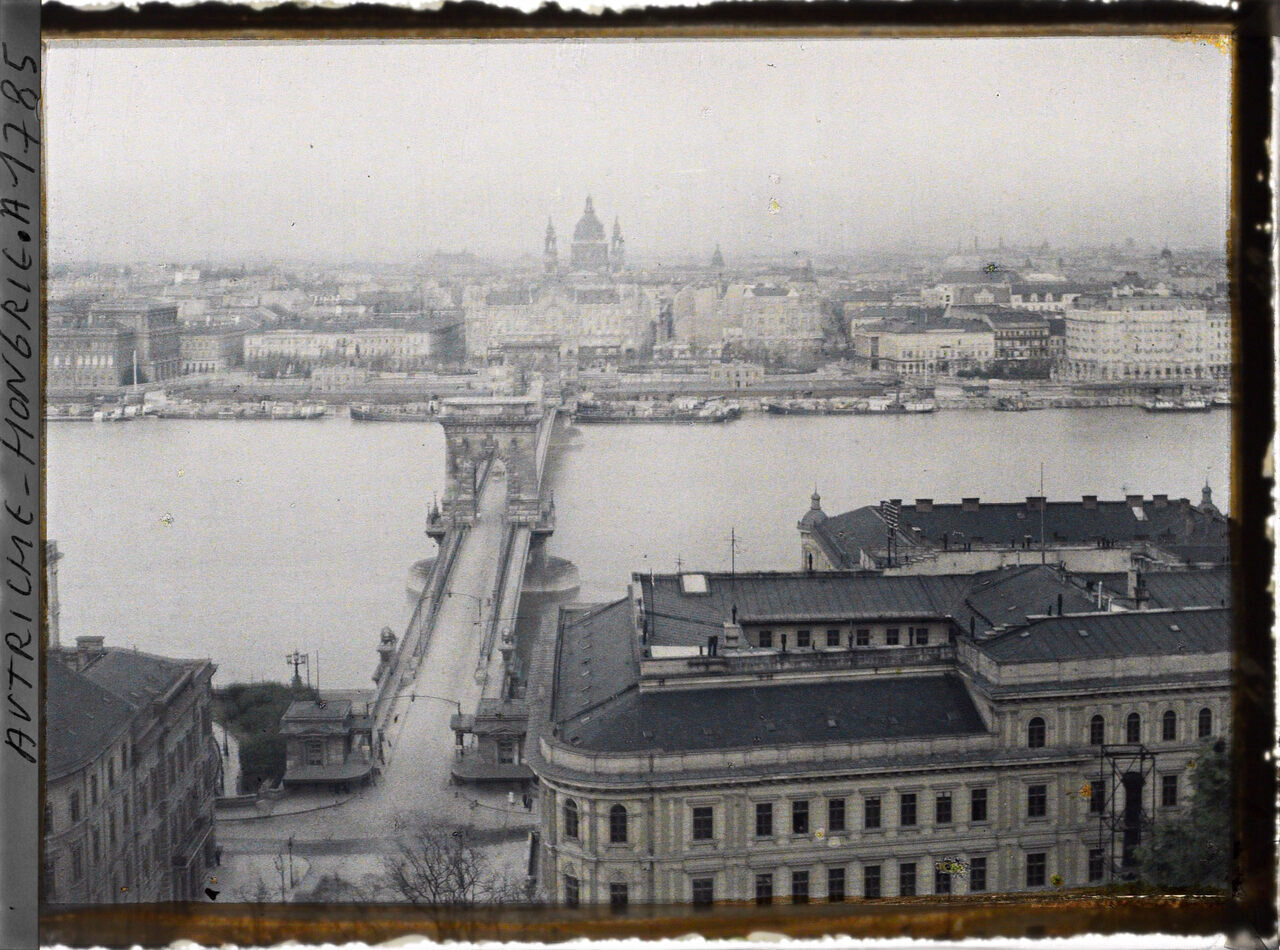Admiring a Hungarian invention in Paris: the world’s largest one-piece spherical Gömböc at the Pompidou Centre

The “Gömböc” is on permanent display in one of the world’s most important collections of contemporary art, which is also one of the largest public libraries in France.
The world’s largest “Gömböc” on public display has been exhibited at Centre Pompidou in Paris, presented by one of its inventors, architect Gábor Domokos, Professor at the Department of Morphology and Geometric Modelling and the Department of Mechanics, Materials and Structures at the Faculty of Architecture at BME (BME ÉPK), also head of the MTA-BME Morphodynamics Research Group, and French mathematician Roger Mansuy, BME press release said.
Gömböc
The “Gömböc” was invented by two Hungarian architects: Gábor Domokos, Professor at the Department of Morphology and Geometric Modelling and the Department of Mechanics, Materials and Structures at the Faculty of Architecture at BME (BME ÉPK), also head of the MTA-BME Morphodynamics Research Group, and Péter Várkonyi, Professor at the Department of Mechanics, Materials and Structures at BME ÉPK, who, after more than 10 years of persistent research, identified the shape of the “Gömböc”, thus proving the 1995 conjecture of the Russian mathematician Vladimir Igorevich Arnold, according to which there exists a homogeneous convex body with less than four equilibrium points.

The “Gömböc” is an objectified form of a mathematical model, the only known homogeneous body with only two equilibrium points: one stable and one unstable. When placed on a horizontal surface, it always returns to its stable equilibrium position from any initial position.
Gömböc in Paris
The 2006 Hungarian invention is housed in a walk-around, bottom-lit display case as a permanent exhibit in the middle of one of the largest public libraries in France, an institution hosting one of the world’s most important collections of contemporary art. Sequence number 500 of the individual “Gömböc” refers to the classification of the International Library Catalogue, where this number stands for mathematics and natural sciences.
“It is fantastic when someone manages to prove that the impossible does not exist,” said Georg von Habsburg, Hungarian Ambassador to Paris and Honorary Citizen of BME, in his opening speech, who added it was a great honour to have a Hungarian invention included in the permanent collection of Centre Pompidou. He recalled that research into scientific issues is a priority in Hungary, and one of the proofs of this is that the world has 16 Nobel Prize winners of Hungarian origin.
In France, the first “Gömböc” was exhibited in 2011. The sensational Hungarian invention is on display in a prominent place at Institut Henri Poincaré in Paris, with the sequence number 1928, corresponding to the year in which the mathematical centre hosting the exhibit was founded. There are around a hundred mathematical models on display in the institute’s collection, but previously none of them was a Hungarian invention.
At Centre Pompidou, the largest monolithic model (made from a single piece) of the “Gömböc” ever produced is on display. Its material is clear plexiglass from the USA. The 30 centimetre high, 26.7 centimetre wide and 33.3 centimetre long work of art weighs 25.5 kilograms. The production of this special, high-value model in Hungary was supported by Ottó Albrecht, and the courier service of the Ministry of Foreign Affairs helped to deliver it to Paris.

Gábor Domokos admits that he feels like “just a supporting character” in the wide range of uses of the “Gömböc” that started 17 years ago – from arts to the pharmaceutical industry and space exploration – as many others are now using the “Gömböc” and writing articles about it.
The “Gömböc” inspired researchers at the Massachusetts Institute of Technology (MIT) in the US, among others, to create the oral mRNA vaccine. (Editor’s note: The topic was reported in a previous article on bme.hu) In a similar way, the achievements of the BME researchers have played a key role in the development of a modern insulin delivery device for diabetics. (Editor’s note: Details of the research results can be found in a previous article on bme.hu)
Following the two-hour presentation, Gábor Domokos told MTI in Paris that he is now an external member of NASA’s Mars mission, being one of the first to receive images taken by the Mars rover, and his job is to advise on morphological issues.
“Based on the current shape and contour of the rocks, we can tell how big they were when they started to wear away, which is of great help to geologists. And from the crack patterns, we can deduce how a stone was formed,” the researcher highlighted.
The mathematical model derived from this research can be used to determine the original size of a pebble based on the number and position of its equilibria. This calculation helped the inventors in collaboration with NASA to prove that Mars was once crossed by rivers of significant size, based on rocks seen in images taken by the Curiosity Mars rover.
“A new language of morphological questions seems to be emerging, in which “Gömböc” was the starting point. It revealed how to talk about shapes in the language of numbers,”
the BME researcher pointed out. “The recognition of this language is a paradigm shift: if we can read the numbers written by nature into the shapes, we can describe the change and evolution of the shapes by arriving at a meaningful classification,” he added.
Today, there are thousands of different types of “Gömböc” in many countries around the world. The individual, numbered pieces are on permanent display at some of the world’s most famous universities and museums, including Oxford, Princeton University and Windsor Castle. The largest, 4.5 m tall first outdoor “Gömböc”-shaped sculpture is in Budapest, on Corvin Promenade, while the so-called light “Gömböc” pieces are also available online.
The theory of “Gömböc” also inspires young researchers: one of them is Krisztina Regős, a first-year doctoral student at the Department of Morphology and Geometric Modelling at BME ÉPK, who, with the professional support of her mentor Gábor Domokos, has succeeded in proving a 50-year-old mathematical conjecture. (Editor’s note: The young researcher was interviewed on this topic by bme.hu). A recent sensation is the publication of Krisztina Regős’s study in one of the world’s most prestigious journals, the Proceedings of the National Academy of Sciences (PNAS). In addition to researchers from the University of Basel and the University of Bern, Gábor Domokos and Professor Konstantin S. Novoselov, who was awarded the Nobel Prize in Physics in 2010 for his research on graphene, also contributed to the publication. (Editor’s note: Details of the study can be found in the following news item on bme.hu)


































